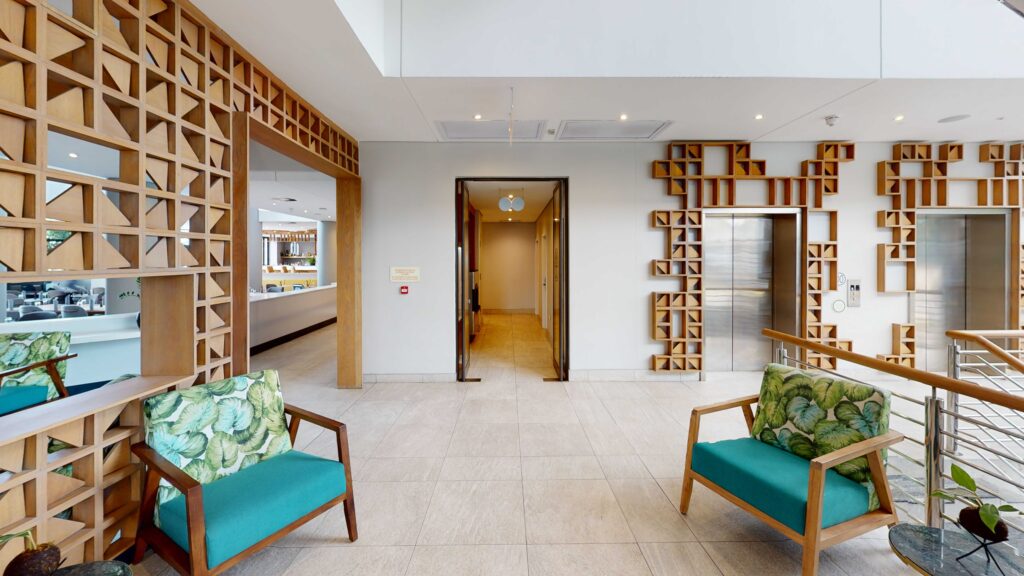In a world where digital innovation has revolutionized the way we organize, create, and utilize places, 3D models have become a vital resource for a wide range of sectors. At the vanguard of this change are businesses such as 3D Capture, which offer 3D models customized to the specific requirements of the real estate, construction, engineering, design, hospitality and tourism sectors. However, how are these complex 3D models brought to life?
1. Conceptualization: The journey of a 3D model begins with a concept. Whether it’s a character for a video game, a product prototype, or a detailed architectural structure, designers and artists start by brainstorming ideas and planning the 3D model’s form and purpose.
2. Digital Modelling Software: The magic of 3D modelling happens on the computer screen, thanks to specialized software designed for this purpose. These digital tools provide a virtual canvas where designers can mould, sculpt, and manipulate their 3D models.
3. Modelling Techniques: Designers employ various techniques to craft 3D models. These techniques might include polygonal modelling, which involves constructing the model from basic 3D shapes, or sculpting, where intricate details are added. Subdivision surfaces and parametric modelling are other methods used to achieve specific results.
4. Texturing and Materials: To make 3D models appear lifelike, artists apply textures and materials. This step includes adding colours, patterns, and surface properties to the model, enhancing its visual appeal and realism.
5. Rigging and Animation: In some cases, 3D models need to be animated. This requires a process known as rigging, which adds a virtual skeleton to the model, enabling it to move and come to life in various ways.
6. Rendering: Rendering is the process of converting the 3D model into a 2D image or animation. This step is crucial for presenting the model in its final, polished form, ready for use in various applications.
7. Quality Assurance: Before a 3D model is considered complete, it undergoes rigorous quality assurance to ensure it meets the project’s requirements and standards.
To sum up, the process of creating 3D models is intricate and multifarious, spanning multiple phases from ideation to quality control. Stunning 3D creations are brought to life through the combination of cutting-edge techniques, creative flare, and digital modelling tools. Whether used for engineering, design, or entertainment, 3D models keep expanding the realm of what is practical in today’s society.

